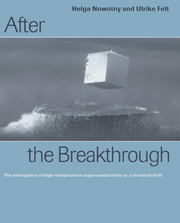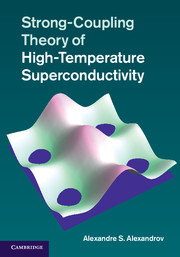After the Breakthrough
The discovery of high-temperature superconductivity was hailed as a major scientific breakthrough, inducing an unprecedented wave of excitement and expectation among the scientific community and in the international press. This book sets this research breakthrough in context, and reconstructs the history of the discovery. The authors analyze the emergence of this new research field and the way its development was shaped by scientists and science policy makers. They also examine the various institutional and national settings in which the research was undertaken as well as considering the scientific backgrounds and motivations of researchers who entered the field following the original discovery.
- First academic study of the discovery of high-temperature superconductivity
- This development was one of the most significant and important discoveries of the past decade
Reviews & endorsements
"This book is a case study that will be of long-term value to scientists, science policy makers and those interested in understanding hoe their interactions with the media and public have changed." Simon Foner, Physics Today
"Perils of a Restless Planet is exciting reading. It would be superb for a lower-division course emphasizing the methodologies of science and engineering, the importance of humility in the face of natural powers and the value of good design." Paul P. Craig, Physics Today
Product details
August 2002Paperback
9780521524797
224 pages
236 × 191 × 18 mm
0.43kg
2 b/w illus. 2 tables
Available
Table of Contents
- 1. Introduction: the emergence of a new research field
- 2. The context of the discovery
- 3. Reconfiguring actors and knowledge: the organization of a new research field
- 4. Academic research, science policy, and the industrial connection: setting up national high-temperature superconductivity programs
- 5. Science and the media: newspapers and their 'HTS story'
- 6. The innovation machinery of science: the case of HTS
- Bibliography.





